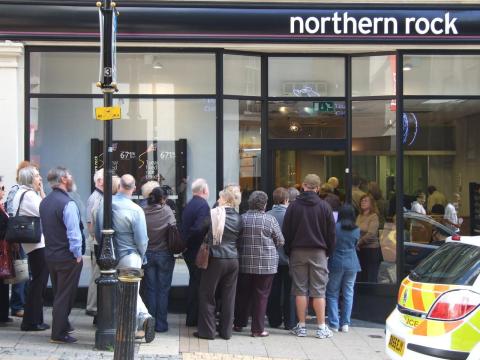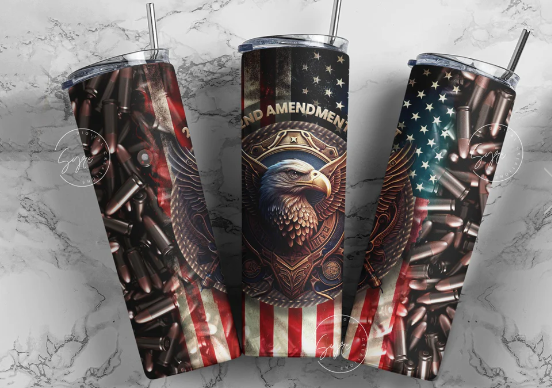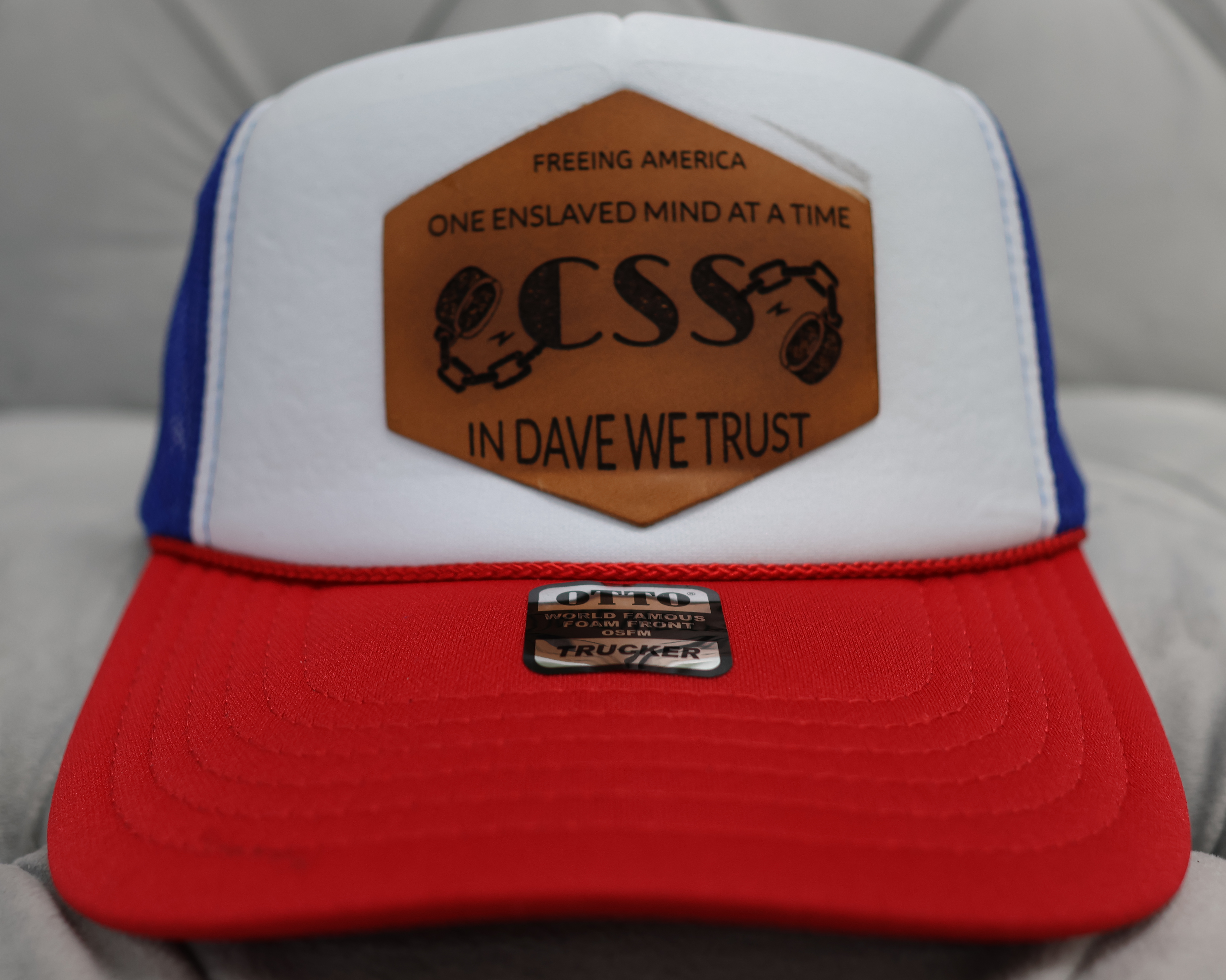By Ellen Brown
The Dodd-Frank Wall Street Reform and Consumer Protection Act of 2010 states in its preamble that it will "protect the American taxpayer by ending bailouts." But it does this under Title II by imposing the losses of insolvent financial companies on their common and preferred stockholders, debtholders, and other unsecured creditors, through an "orderly resolution" plan known as a "bail-in."
The point of an orderly resolution under the Act is not to make depositors and other creditors whole. It is to prevent a systemwide disorderly resolution of the sort that followed the Lehman Brothers bankruptcy in 2008. Under the old liquidation rules, an insolvent bank was actually "liquidated"—its assets were sold off to repay depositors and creditors.
In an "orderly resolution," the accounts of depositors and other creditors are emptied to keep the insolvent bank in business. And even if you are getting only a few cents a month on your deposits, you are a creditor of the bank. As explained in a December 2016 article in the University of Chicago Law Review titled "Safe Banking: Finance and Democracy:"
A general deposit is a loan made to a bank. This means that the bank is the general depositor's debtor, but that the bank has legal title to the funds deposited; these funds may be commingled with the bank's other funds. All the general depositor has is a general, unsecured claim against the bank …. [T]he bank is free to use the deposit as it sees fit. [Emphasis added.]
Fortunately, bail-ins do not apply to deposits under $250,000, which are protected by FDIC insurance. That is true in theory, but as of September 2021, the FDIC had only $122 billion in its insurance fund, enough to cover just 1.27% percent of the $9.6 trillion in deposits that it insures. The FDIC also has a credit line with the Treasury for up to $100 billion, but that still brings the total to just over 2% of insured deposits.
If just one or a few banks become insolvent, the FDIC fund should be sufficient to cover the insured deposits (those under $250K). But under the 2005 Bankruptcy Act, derivatives creditors (which are considered “secured”) are first in line to recover the assets of a bankrupt bank; and the Dodd-Frank Act followed that practice. So if a bank with major derivatives risk collapses, there might be no bank assets left for the non-insured creditors; and a series of major derivative cross-defaults could wipe out the whole FDIC kitty as well.
As of May 2022, according to the most recent data from the Bank for International Settlements (BIS), the total notional amounts outstanding for contracts in the derivatives market was an estimated $600 trillion; and the total is often estimated at over $1 quadrillion. No one knows for sure, because many derivatives are “over the counter” (not traded on an exchange). In any case it is a bubble of ominous size, and pundits warn it is about to pop. Topping the list of U.S. derivatives banks are J.P. Morgan Chase ($54.3 trillion), Goldman Sachs ($51 trillion), Citibank ($46 trillion), Bank of America ($21.6 trillion), and Wells Fargo ($12.2 trillion). A full list is here.
The FDIC and Disclosure
On Nov. 9, 2022, the FDIC held a 3.5 hour webcast discussing the bail-in process among other topics. In a clip raising alarm bells in the alternative media, Donald Kohn, former vice chairman, Board of Governors of the Federal Reserve System, said, “…it’s important that people understand they can be bailed in. But you don’t want a huge run on the institution. But they’re going to be…”
Richard J. Herring, co-director of The Wharton Financial Institutions Center said, “I would think your strategy ought to be to disclose as much as possible to people who professionally need to know about it …”




























